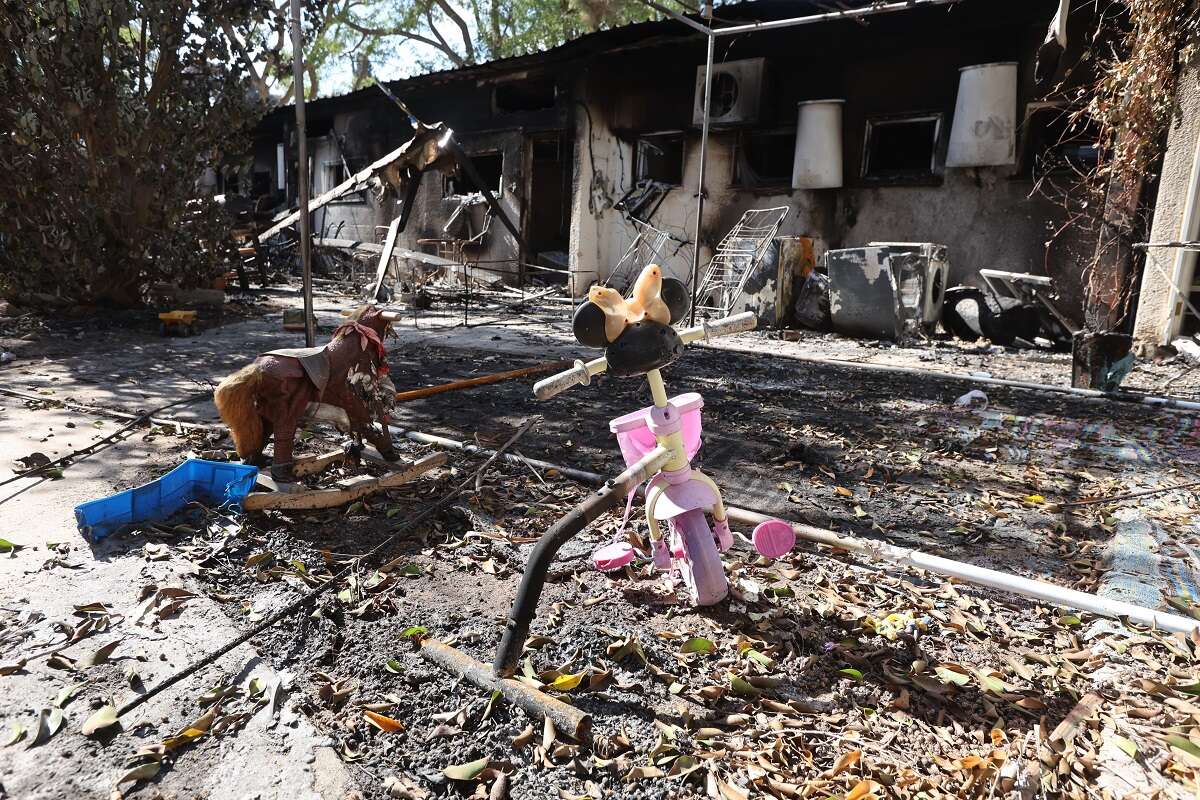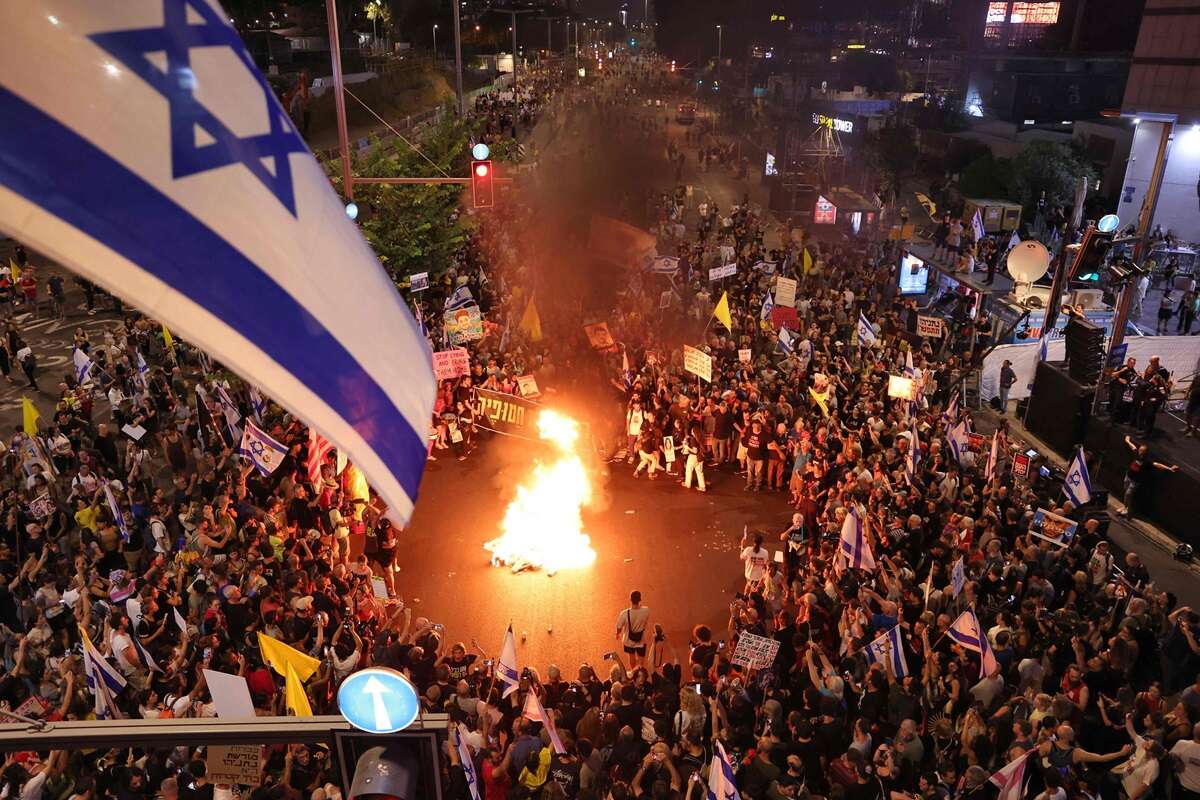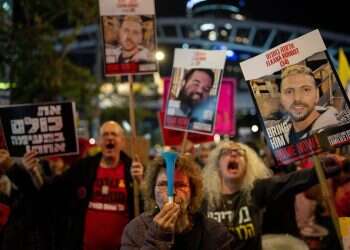The deal to bring the hostages home carries an immense, largely unspoken price – one that has received far too little attention, if any at all. While some may support it and others oppose it, there exists a third path: acknowledging that this is a poor deal, albeit potentially unavoidable, while simultaneously shattering the walls of media silence surrounding its dire consequences. These walls bear an unsettling resemblance to the conspiracy of silence that prevailed before the Gilad Schalit deal, which ultimately unleashed rivers of blood and fire upon us.
We must internalize that time is running out, and soon there may be no one left to save. Under the current conditions and circumstances, we have exhausted nearly every option to rescue our loved ones, and we have fallen short. Those who insist may naively believe that after the deal, we can resume the war against Hamas at our discretion. However, we must simultaneously recognize the deal's devastating repercussions and damage.

It is imperative to cling to the truth, no matter how painful, and to pose questions that remain relevant – questions we have long avoided. We must confront the harsh realities we have whitewashed and repressed. This reckoning must occur now, mere moments before the first phase of the deal, and only then can we make an informed decision.
We must question aloud why the discourse surrounding the deal's cost has focused for months solely on the Philadelphi Corridor, the Netzarim axis, the return of Gazans to the northern Strip, and the war's conclusion. Meanwhile, the release of hundreds of terrorists – hundreds of potential "Sinwars" – remains absent from the conversation, accepted as a fait accompli and an inescapable fate we must simply "deal with" and contain.
We should challenge the assessments of the Shin Bet and the Israel Defense Forces (IDF) that they can manage the released terrorists. On the eve of the Shalit deal, they made similar assurances and misjudged the reality. We must ask them directly: Could you be mistaken again? Might Shin Bet chief Ronen Bar be wrong in 2025, just as Yoram Cohen was in 2011?
It is crucial to remember that since 1985, Israel has released thousands of terrorists through various deals, gestures, and diplomatic frameworks. Shockingly, about half of them returned to terrorism and murdered Jews. Hundreds were killed or wounded by these released terrorists long before the Simchat Torah massacre on Oct. 7, 2023.
"There will be a catastrophe"
We cannot forget that the terrorists released in the Jibril deal during the summer of 1985 became the backbone of the first intifada, resulting in the murder of 165 Israelis. Approximately half of the terrorists released following the Oslo Accords joined Palestinian terror groups, with many participating in the second intifada that claimed 1,178 Israeli lives. Those freed in the Schalit deal constructed Gaza, the world's largest terror city, and brought about the October 7 massacre. We must ask ourselves: Where will those released in the 2025 hostage deal lead us?
We must recognize that, with high probability, the terrorists released to the West Bank, Gaza, and abroad will inject new life into Hamas – currently a battered and weakened terrorist organization. They will likely rehabilitate it and form its new leadership. History has shown us this pattern, and it is likely to repeat itself.
We must publicize the suppressed information about senior IDF and Shin Bet officials who admitted in the Diplomatic-Security Cabinet meeting that the influx of released terrorists into the West Bank and Gaza areas will be catastrophic.

It is imperative to expose the list of master murderers whose release Hamas demands – a list the media could have obtained with minimal effort. This includes Ibrahim Hamed, commander of the Izz ad-Din al-Qassam Brigades in the West Bank during the second intifada, responsible for attacks including the double suicide bombing on Ben Yehuda Street and at Cafe Moment in Jerusalem. It also includes Abdullah Barghouti, the bomb engineer sentenced to 67 life terms; Ahmed Mughrabi, the Tanzim commander in Bethlehem; and Abbas Sayed, who planned the Passover Seder massacre at Netanya's Park Hotel, claiming 30 lives.
Many more such individuals exist. They will not transform into benevolent figures. They are all potential Sinwars, yet this fact remains largely undiscussed. While the deal fulfills the commandment of redeeming captives – a noble value – it simultaneously represents a capitulation to terrorism. We must acknowledge this reality: We were caught off guard, massacred, extorted, fought, sacrificed, conquered, emerged victorious, and ultimately – surrendered. Every past surrender to terrorism that resulted in kidnappings has only paved the way for the next abduction, teaching Hamas and its ilk that kidnapping terrorism is highly profitable.
Undoubtedly, the catastrophic failure on Simchat Torah 5784 violated the social contract with citizens – elderly individuals, women, and children kidnapped in their pajamas from their homes. However, we must ask ourselves a question we have long avoided: Does the proposed deal not violate our contract with all citizens of the state? As Rami Igra, former head of the Mossad's Captives and Missing Persons Division, put it: "They care about a hundred hostages. I care about nine million citizens... and within those nine million, I also care about the hundred hostages".
"The operation succeeded. Gilad was rescued. Everyone was silent."
Zvika Mor, noble soul, father of Eitan who is held hostage in Gaza, defined it as finding balance between two scales: "The scale of horror of families anxious about their loved ones' fate, and the nation's scale, protecting all state citizens' lives and preventing the possibility of additional kidnappings and murders after the terror organization receives a prize for the Simchat Torah massacre."
About six months ago, I brought here the words of Hadas Mizrachi, widow of Baruch, and of Dvora Gonen, bereaved mother of Danny. Both were murdered by Shalit deal releases. Mizrachi spoke then about exchanging hostages' blood for future victims' blood. Gonen noted that the difference between hostages and the next generation of victims who will be murdered by the upcoming deal's releases is that hostages have faces and names while future victims don't yet, while the previous generation of victims, murdered by previous deals' releases, have both faces and names. I mentioned then also the list of hundreds of siblings, parents, and children who lost their loved ones in terror attacks carried out by released prisoners, a list transferred to Prime Minister Netanyahu
Anyone whose sleep is disturbed at night, and rightfully so due to the fate of the hostages, should have been tossing and turning in bed at night, also in face of this dark list. To be tormented at least to the same extent, but half a year later, this list and others like it have not yet reached the knowledge of the wider public. Conspiracy of silence, did we say?
"The operation succeeded. Gilad was rescued. Everyone was silent," Minister Orit Strock reminded us this week of Ronen Tzur's concluding words for the bloody deal, the Shalit deal dripping with blood and ashes, not before boasting about the operation to achieve it: "A rolling operation, in which we all functioned as... flag hangers, tent pitchers, shirt wearers, and flyer distributors... who do everything required so that at the moment of truth, all statements about the price of release, the danger of attacks, the bereaved families, and other things whose purpose is to sour the atmosphere will be silenced".
So now, just before, is the time to talk about everything, about the hostages who by miracle still survived the Hamas hell, but also about the price that must be taken into account. About the hellish dilemma at our doorstep, in terms of "blood touching blood," without beautifying anything, without hiding anything from ourselves.




